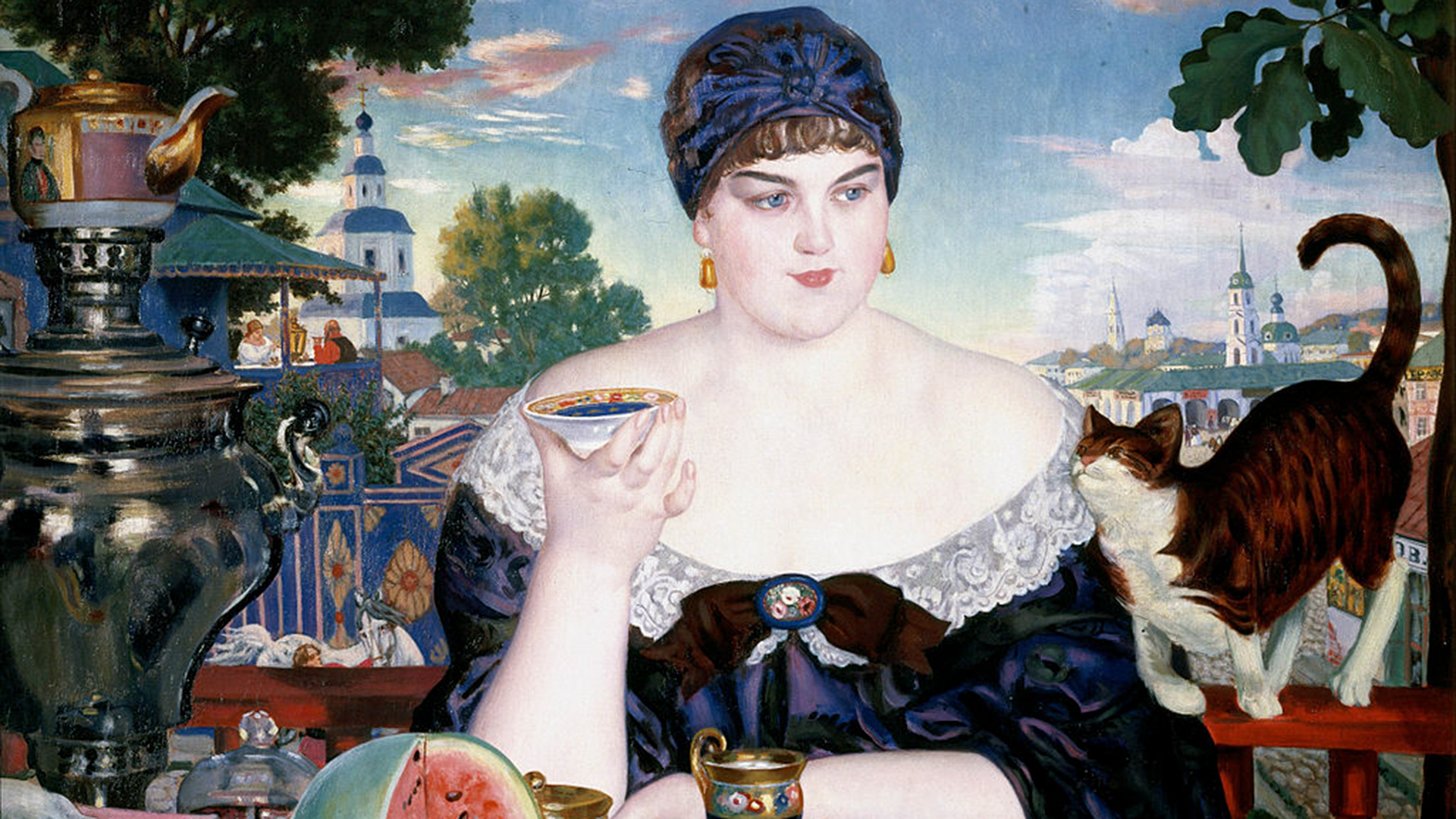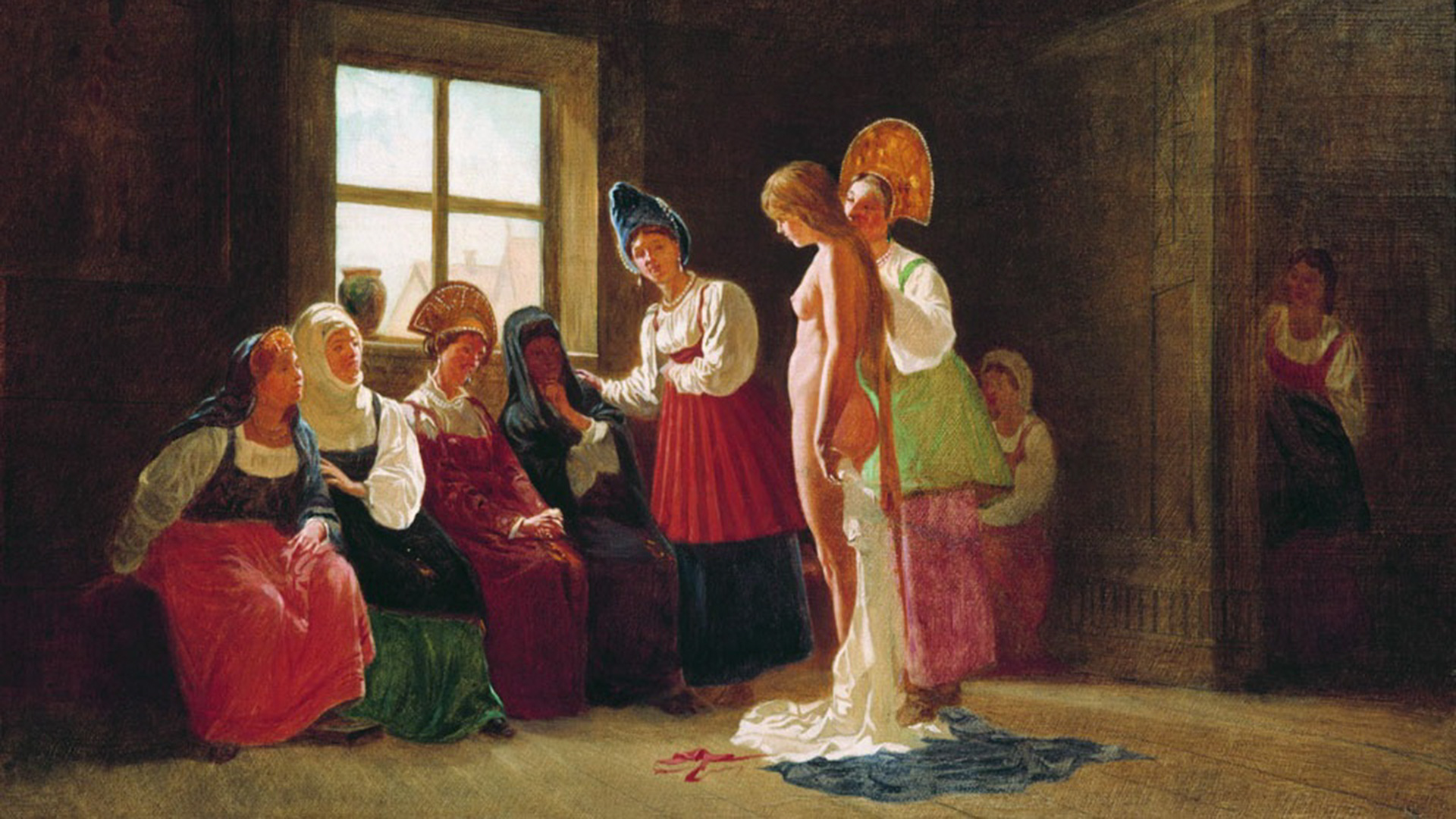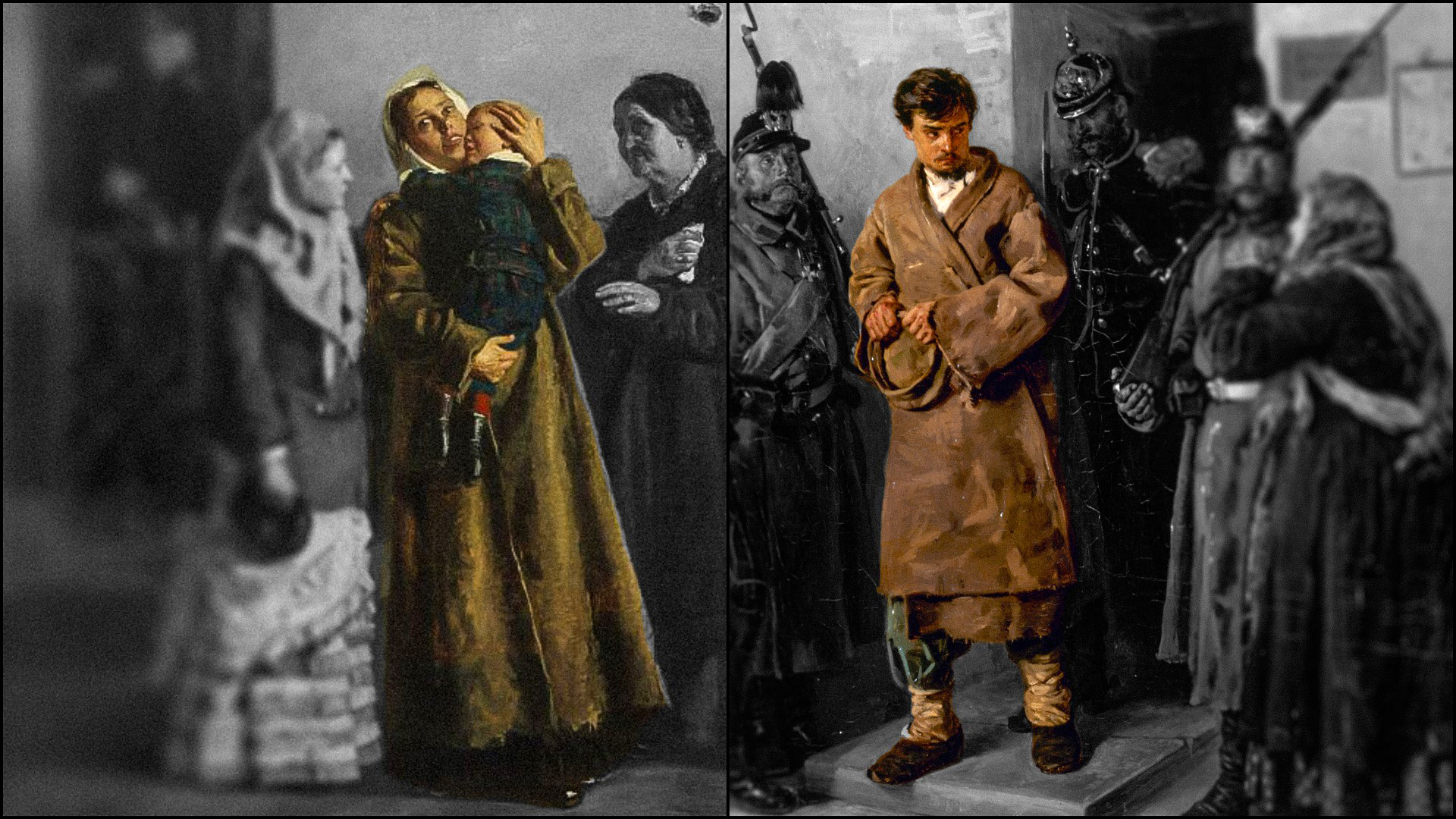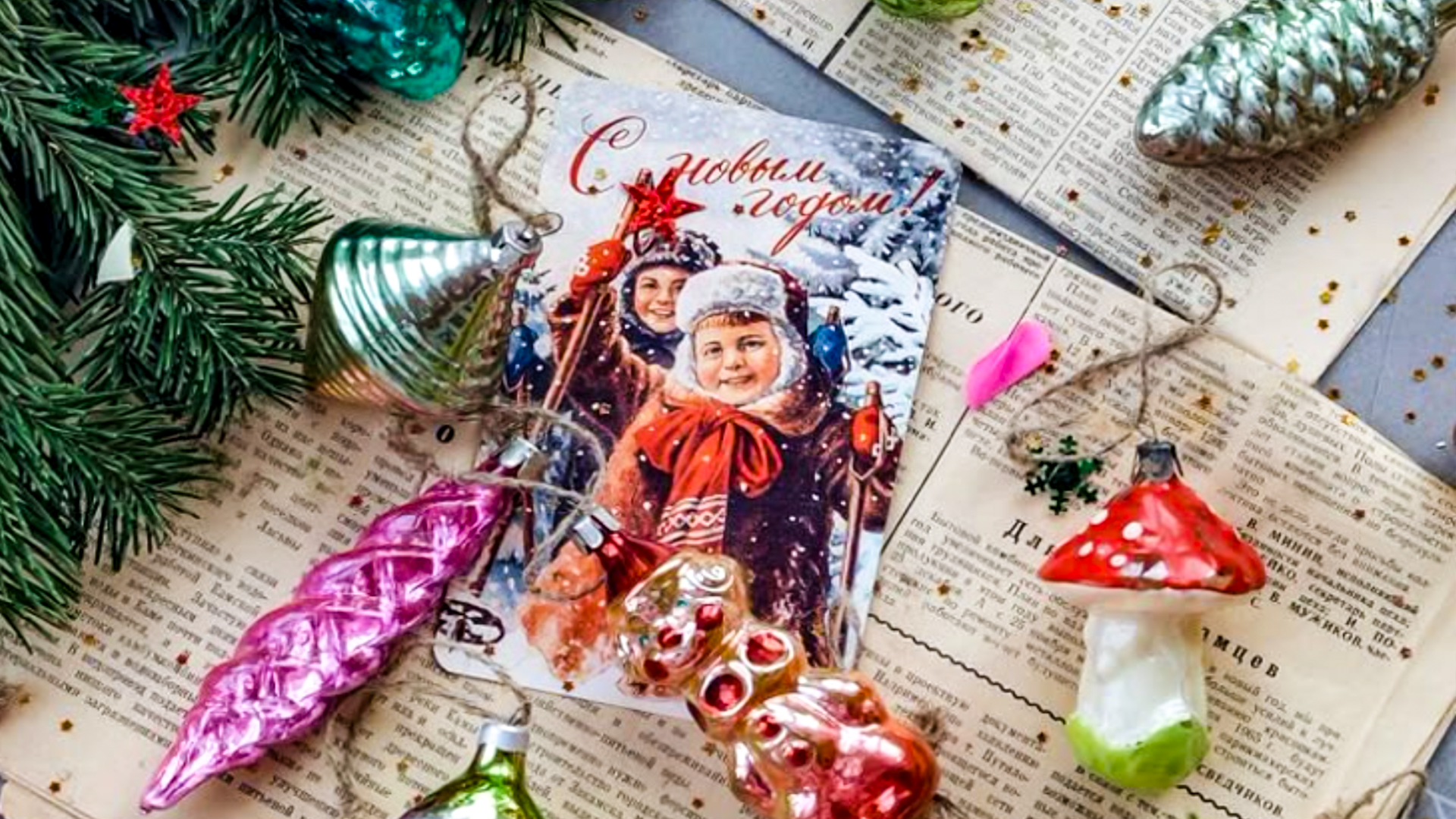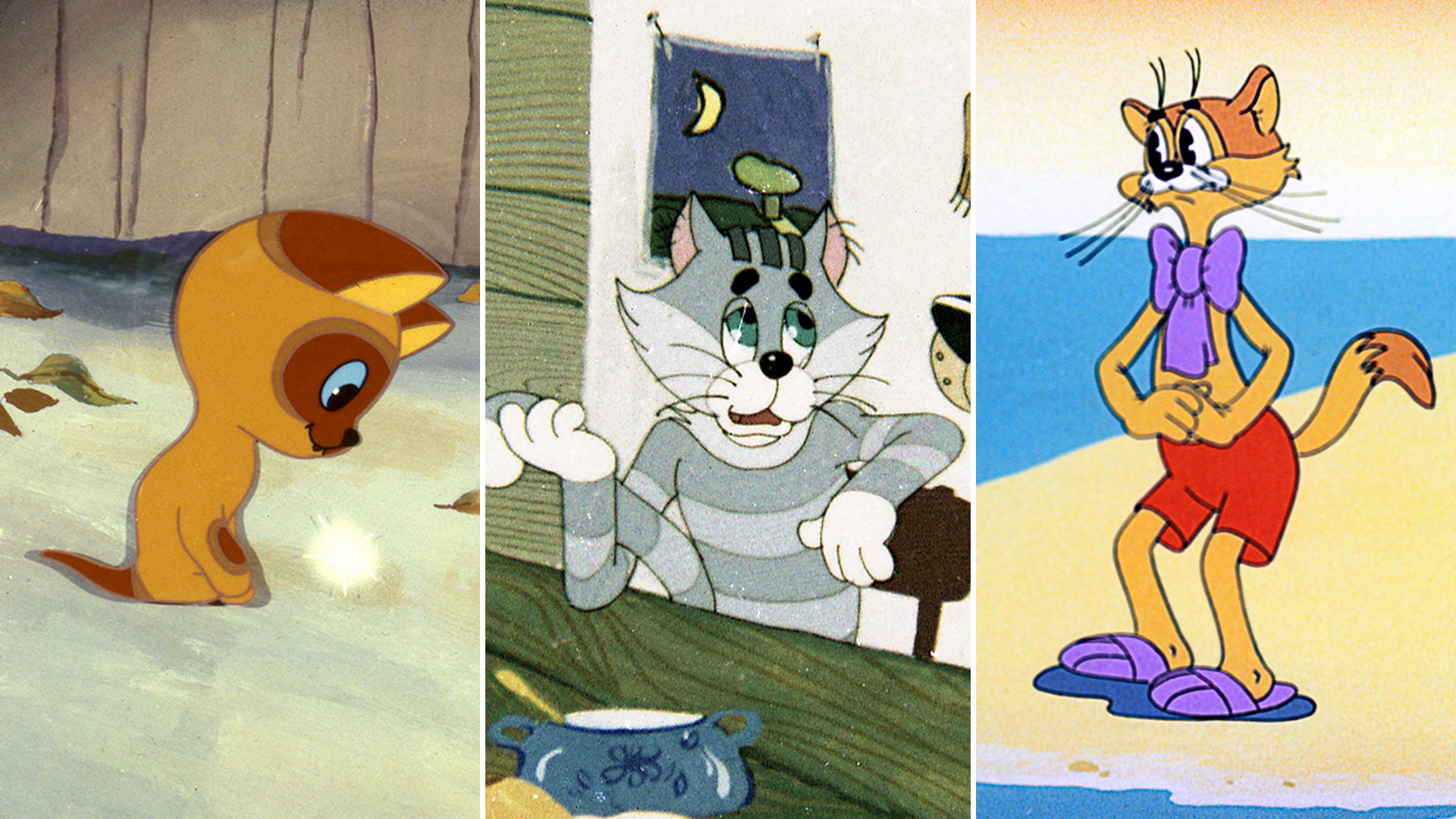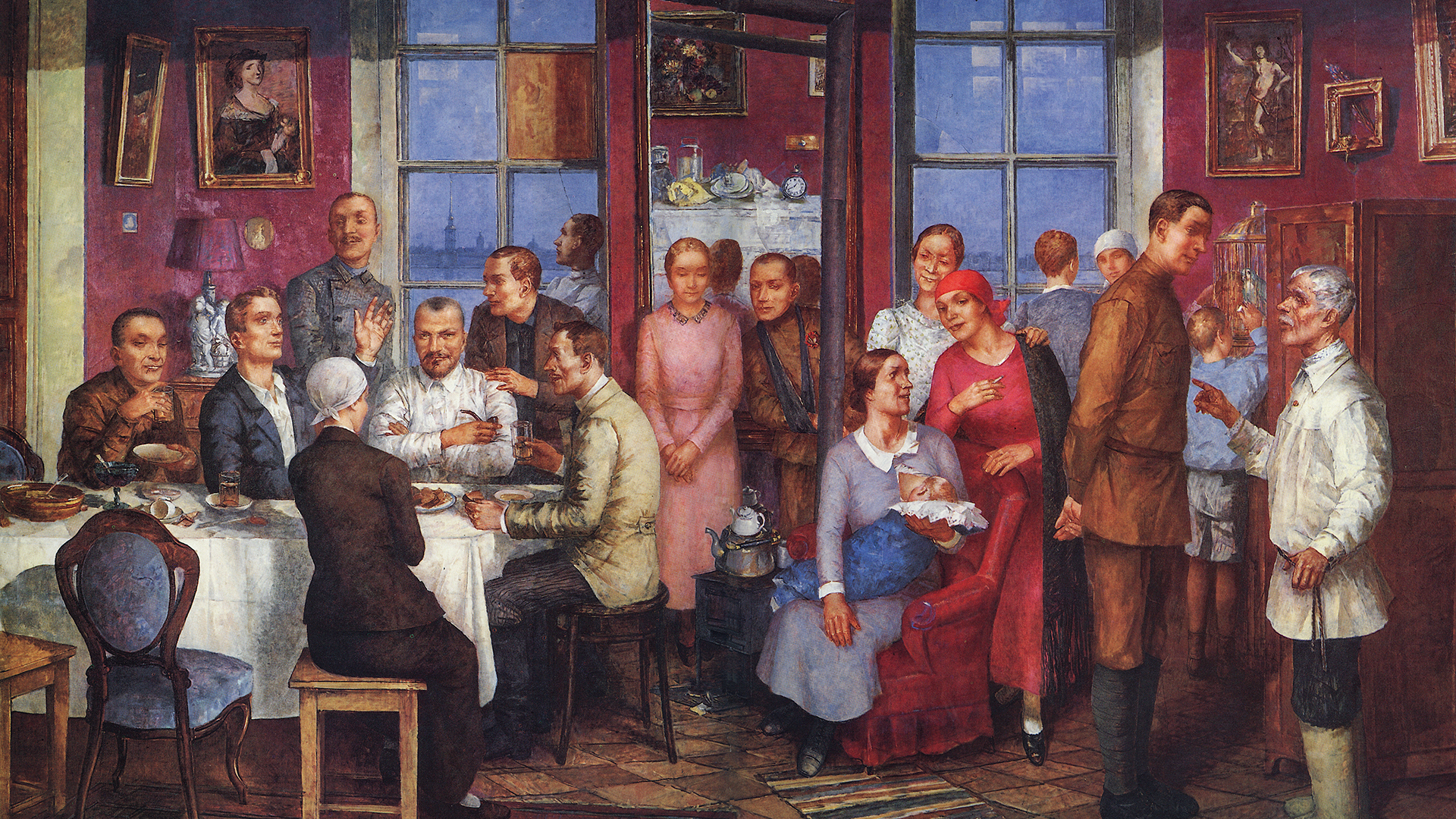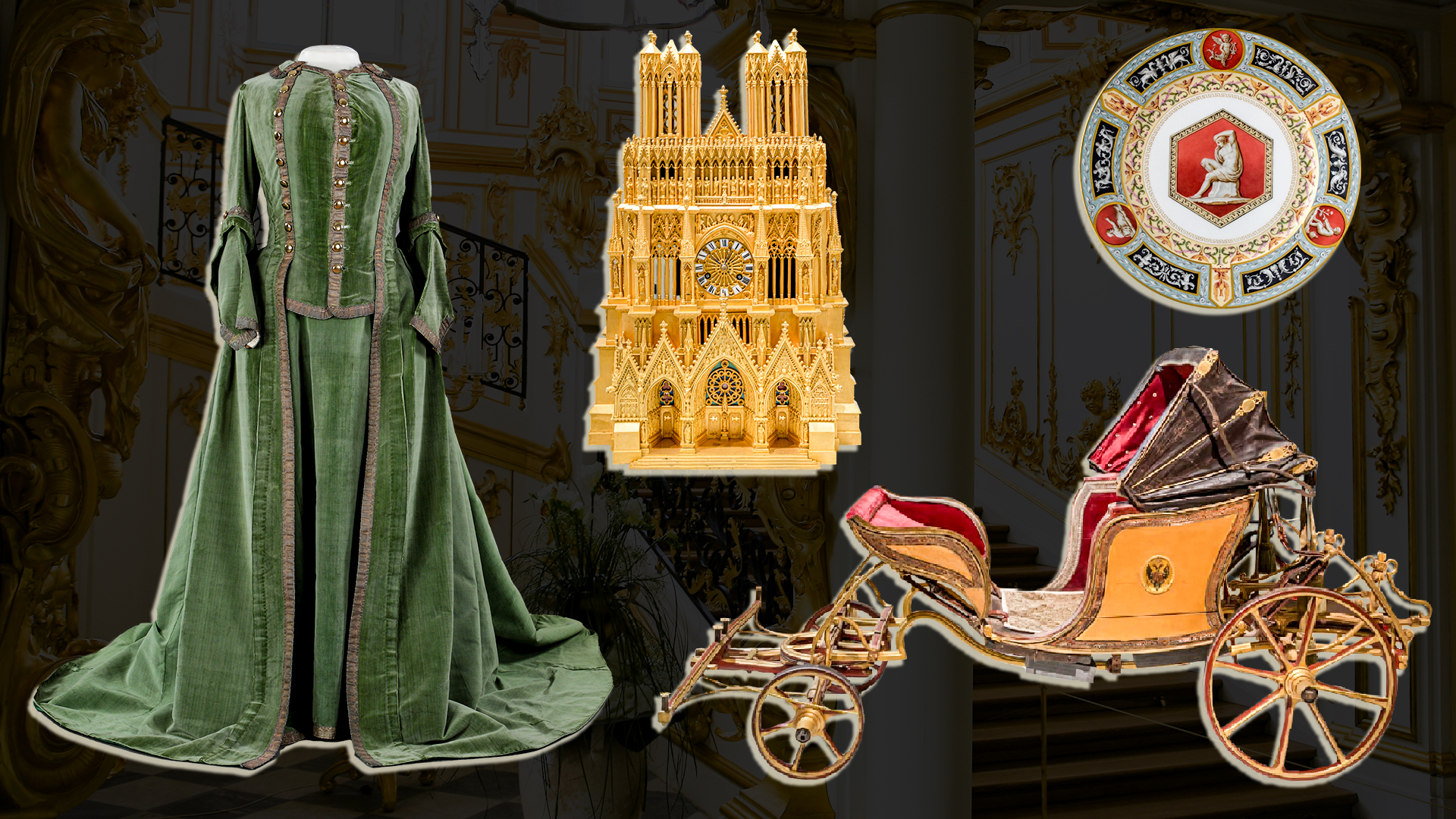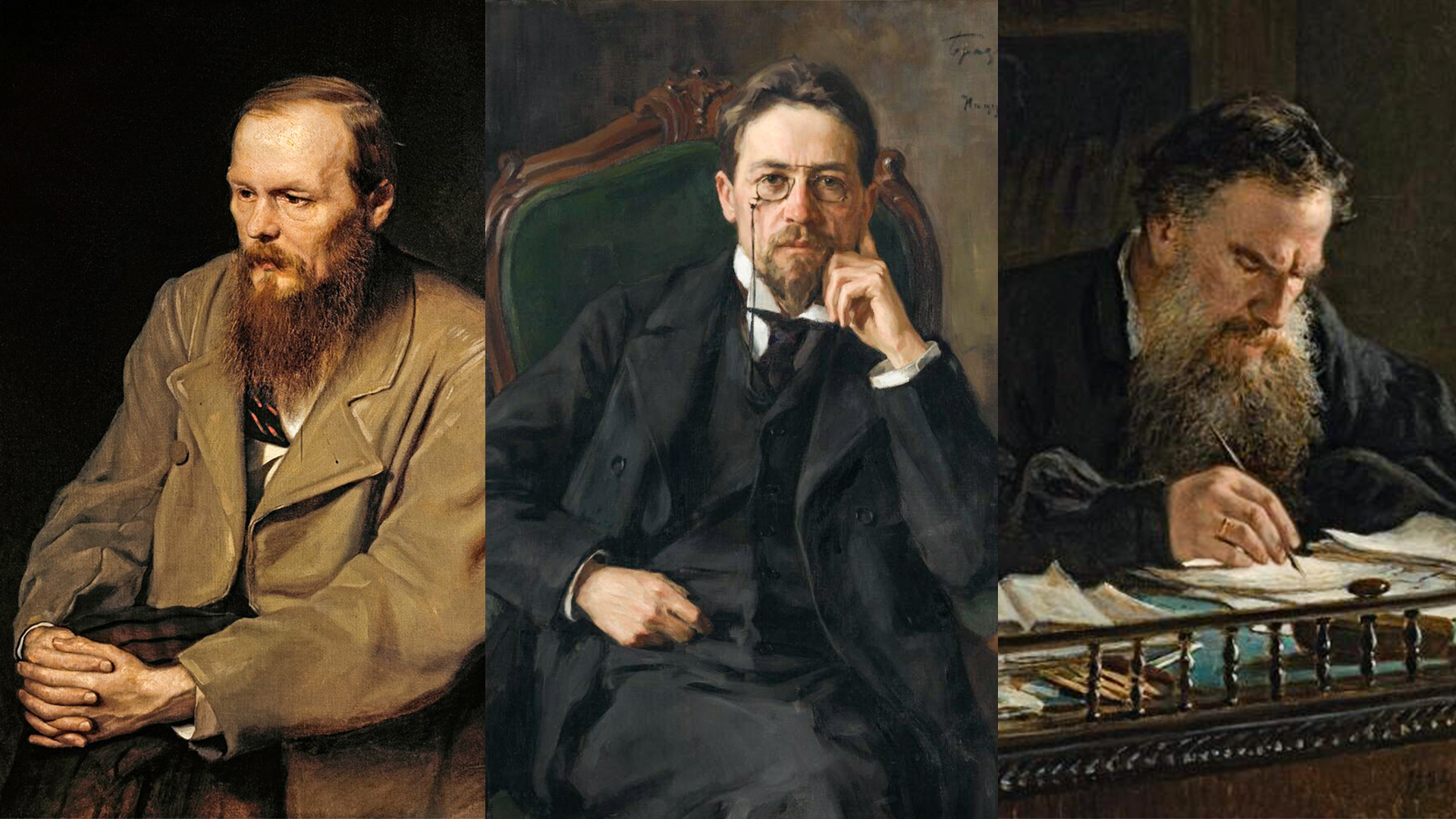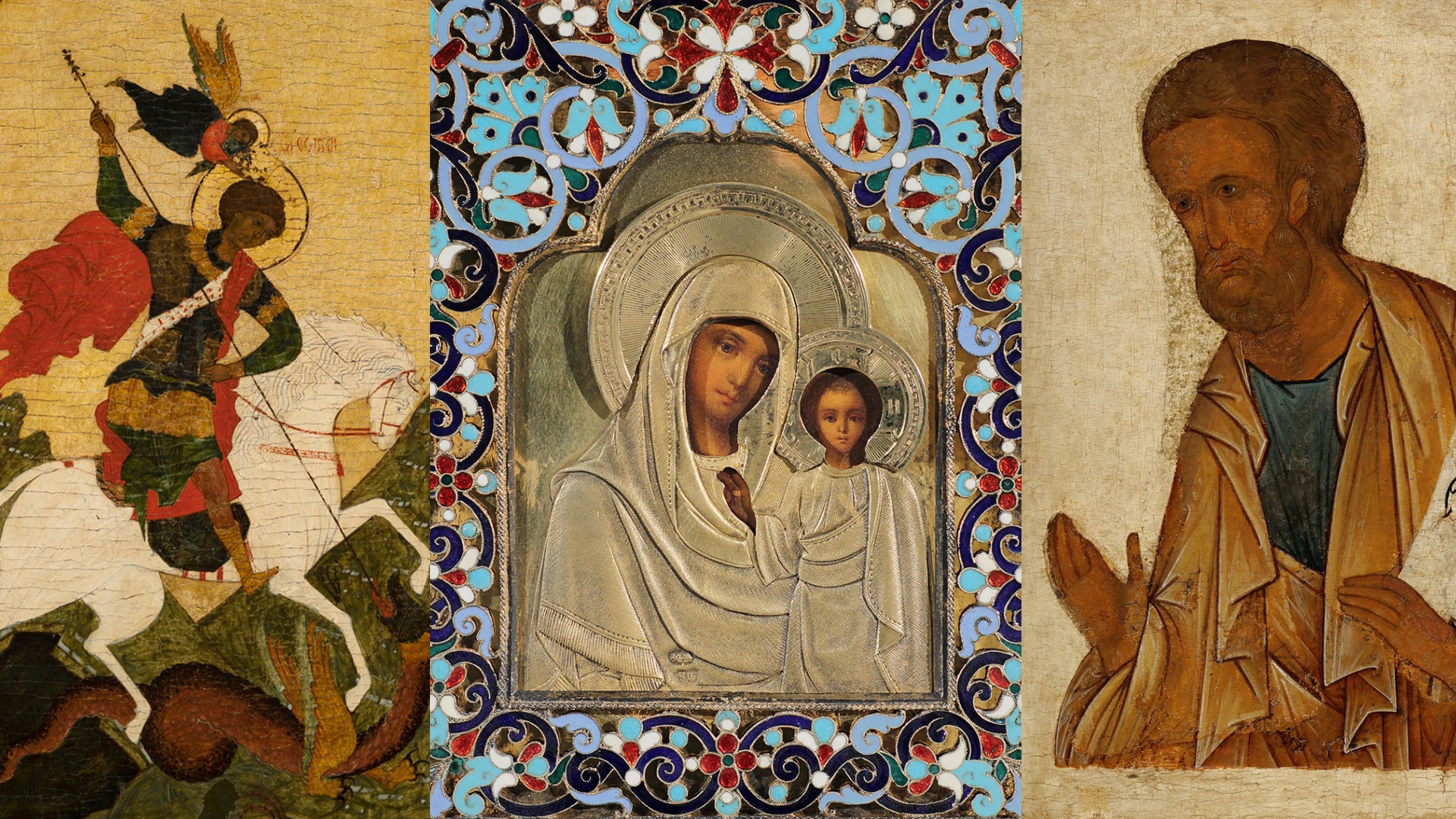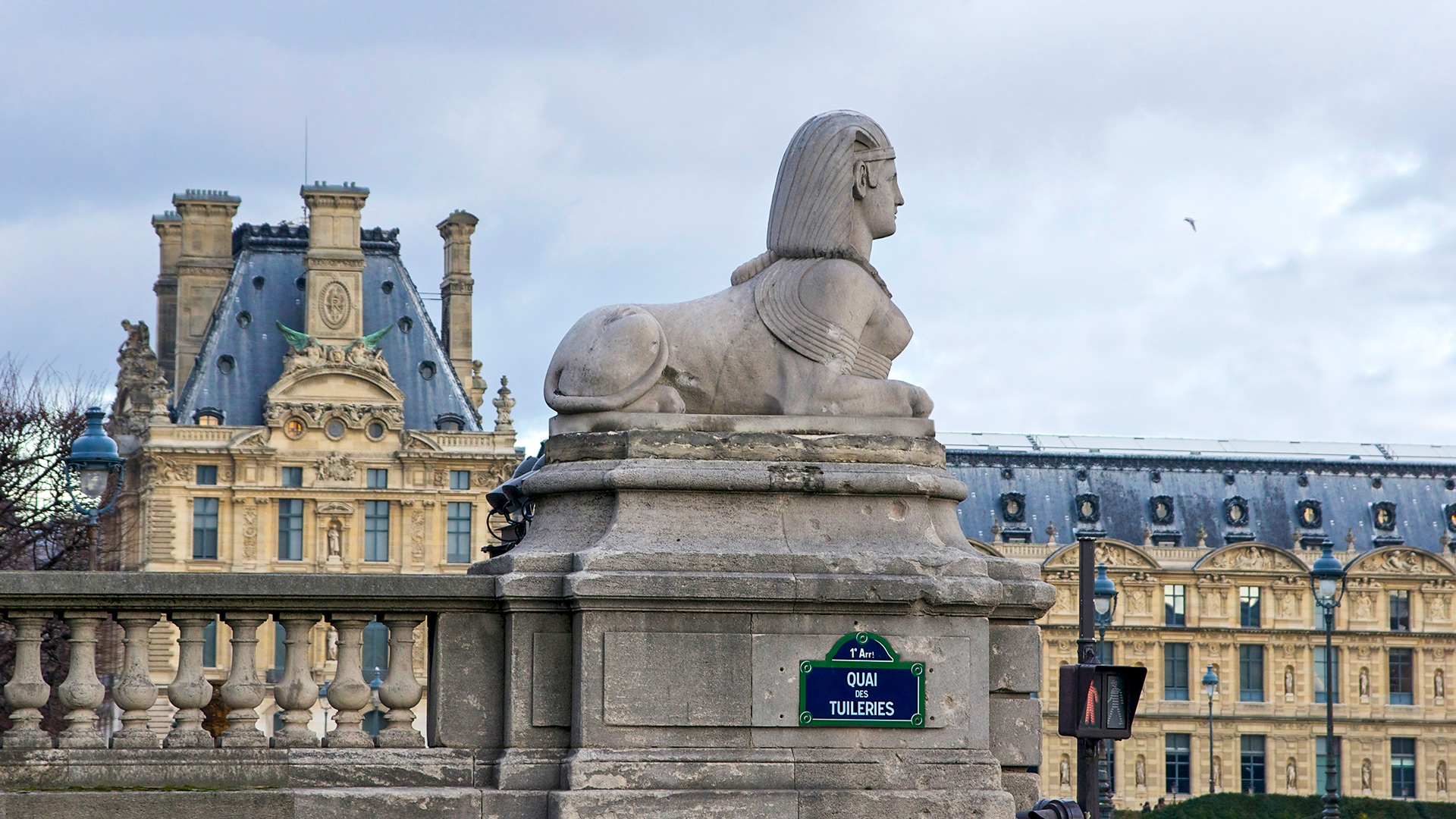
Ilya Mashkov: How a Russian avant-garde artist became a voice for Soviet power (PICS)
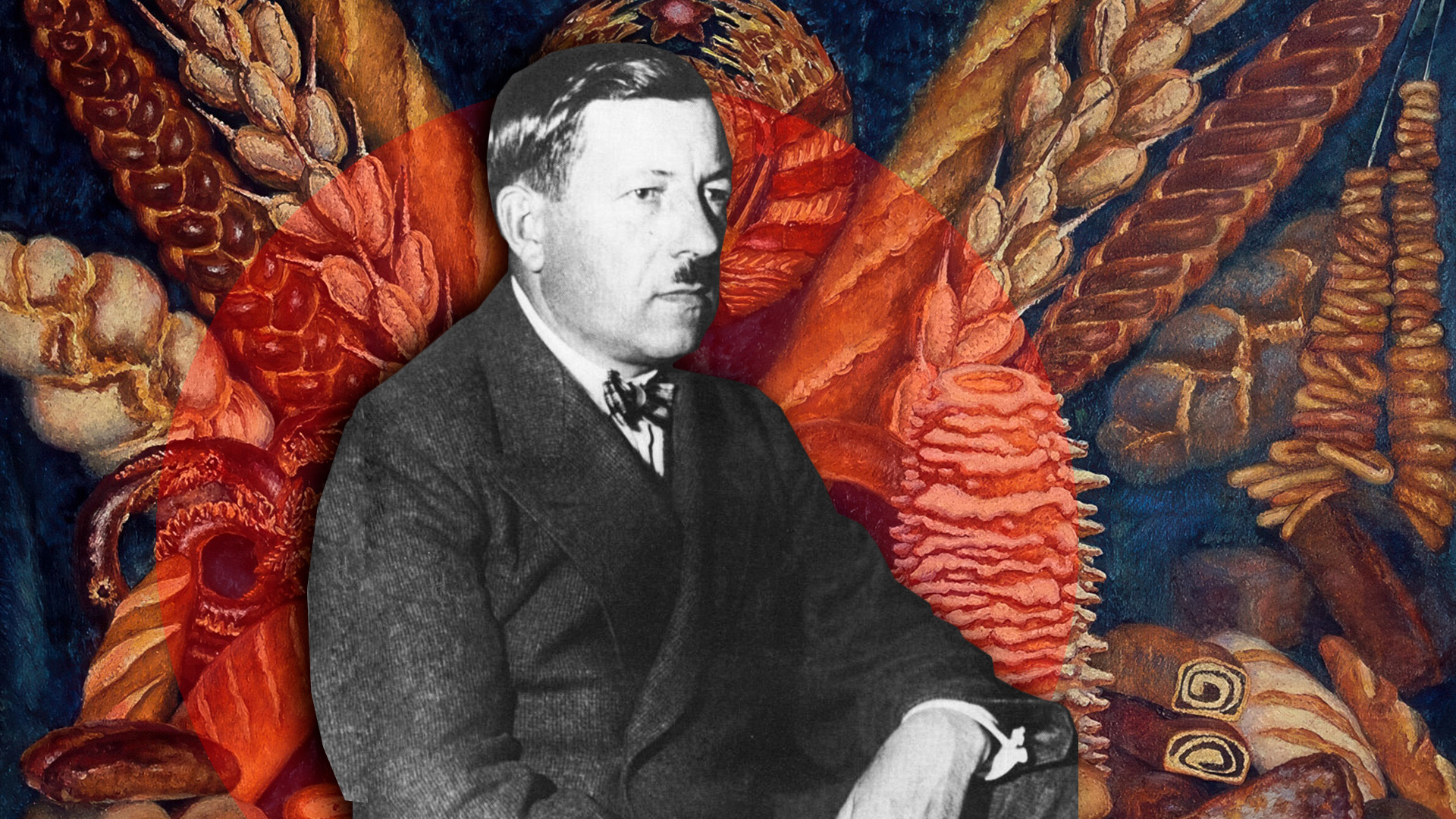
A bright personality

Moscow immediately conquered the talent from the village of Mikhailovskaya: Mashkov passed a huge competition to enter the Moscow School of Painting, Sculpture and Architecture – 137 people applied for 27 places. He studied with classic writers Valentin Serov and Konstantin Korovin. And, three years later, he began teaching himself. In 1908, he went on a trip to Europe and fell in love with the paintings of Henri Matisse and Paul Cezanne.
Everything in them was bright, juicy, alive and devoid of strict forms – the energy was overflowing. The young artist understood then: this was his style – to bring the image to the "real truth". The teachers scolded him, but Mashkov could not be stopped. Laughing, he said that he had become the most successful in Russia, judging by the amount of criticism that had fallen on him.
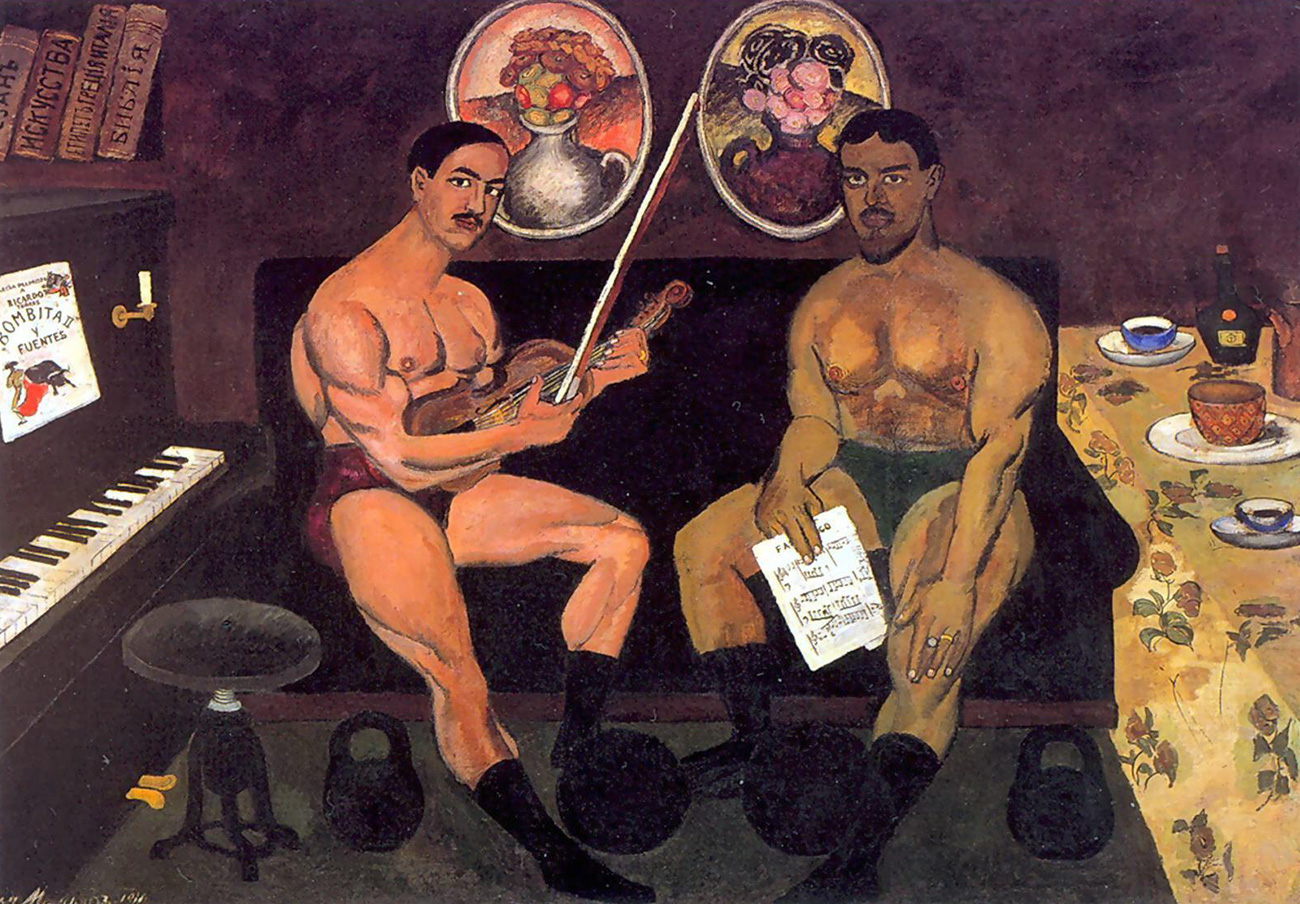
Mashkov then became one of the founders of the ‘Bubnovy Valet’ (‘Jack of Diamonds’) association, which included no less brilliant avant-garde artists Mikhail Larionov, Natalia Goncharova, Pyotr Konchalovsky, Aristarkh Lentulov and Alexandra Exter.
He began to be called a Russian Cezannist and Fauvist. On the recommendation of Valentin Serov, famous collector Ivan Morozov acquired the artist's still life ‘Blue Plums’.
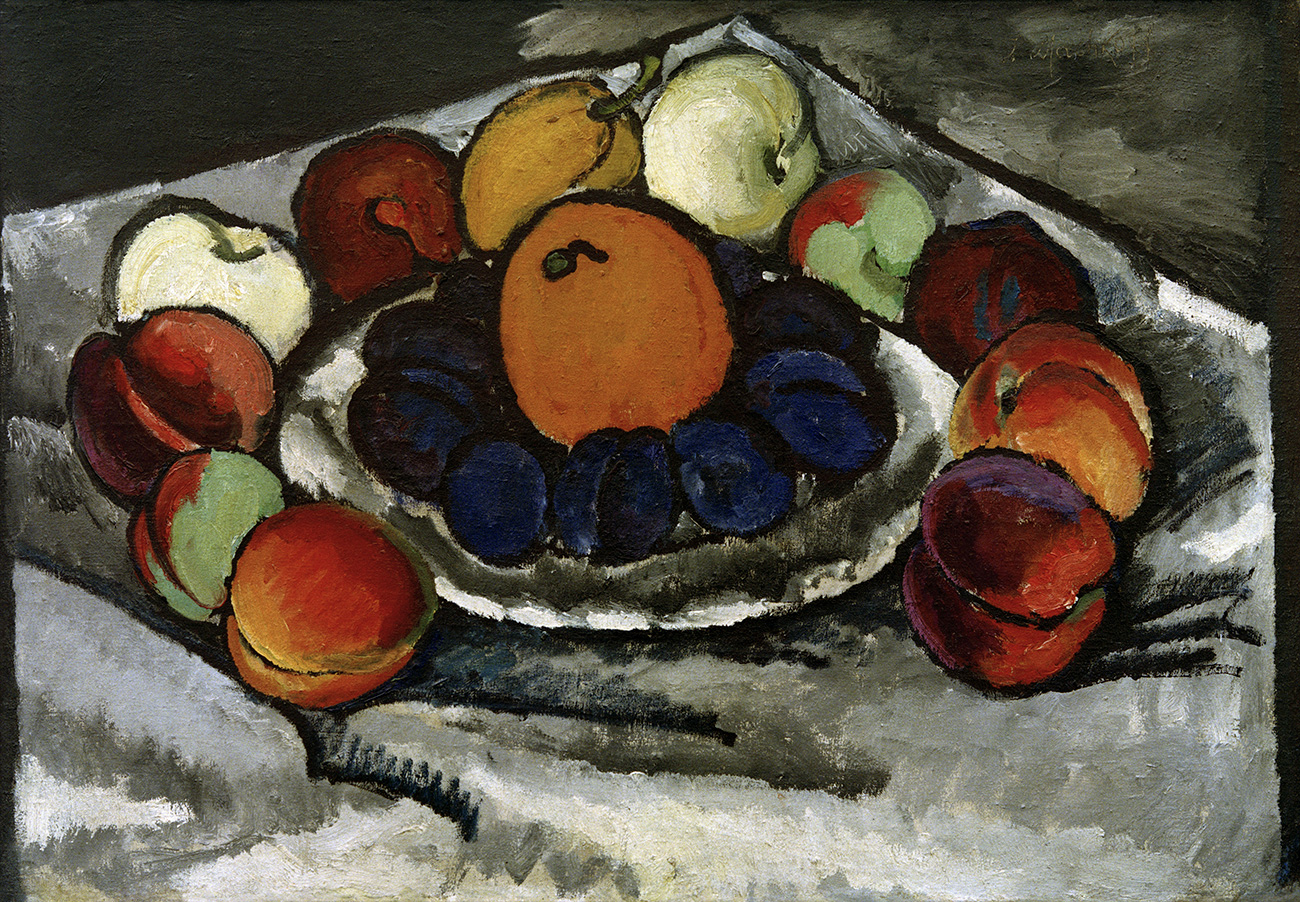
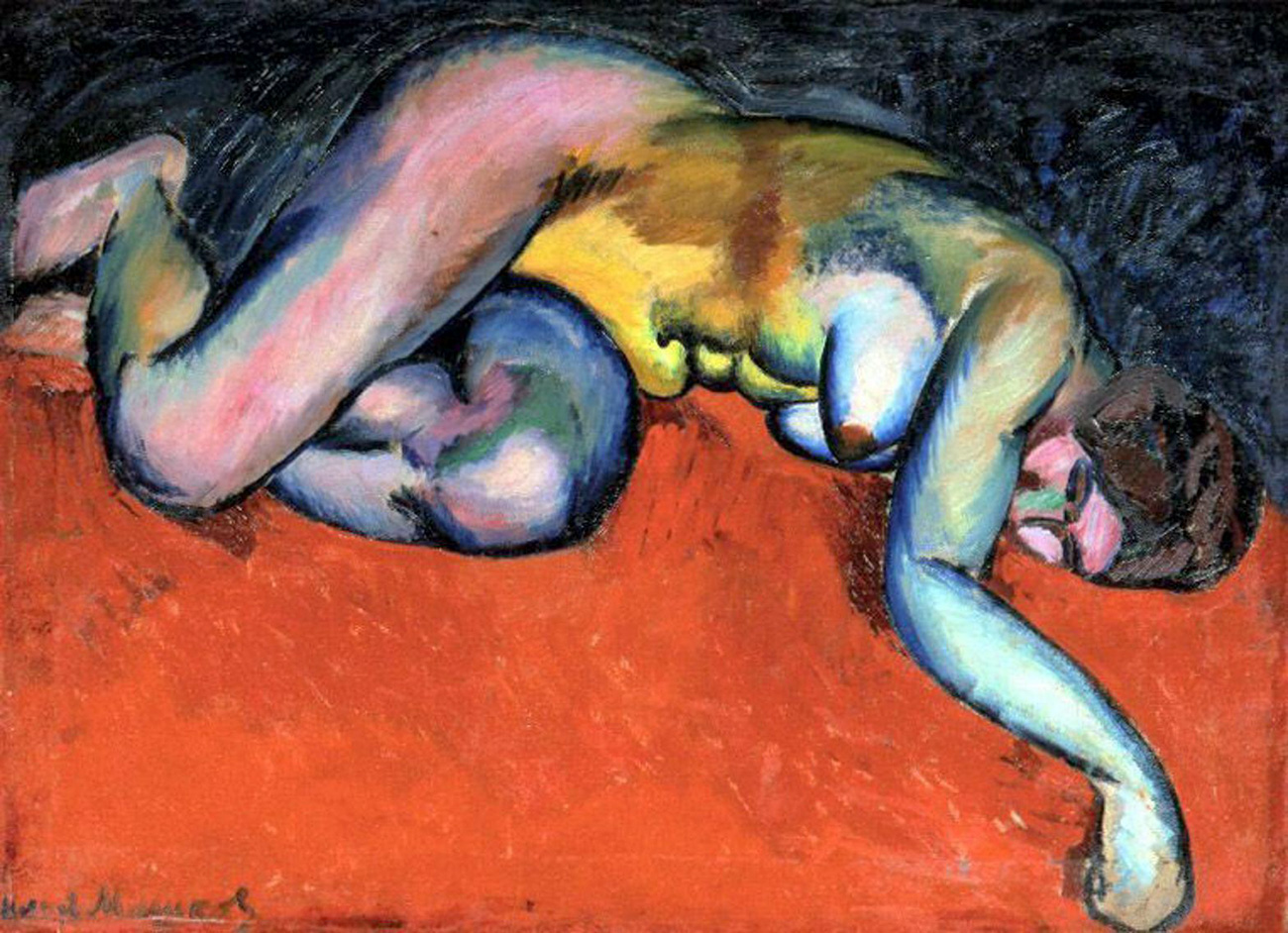
An Experiment for Life
The revolution became a springboard into a new life for Mashkov. He plunged headlong into the creation of propaganda materials, posters and leaflets. His art was for everyone, but, at the same time, did not lose its connection with classical painting. Fauvism was gradually replaced by realistic portraits, landscapes and still lifes.
With the same passion that he had recently depicted nude bathers, the artist switched to shock workers, pioneers and factory buildings. But, he remained true to his love of color.
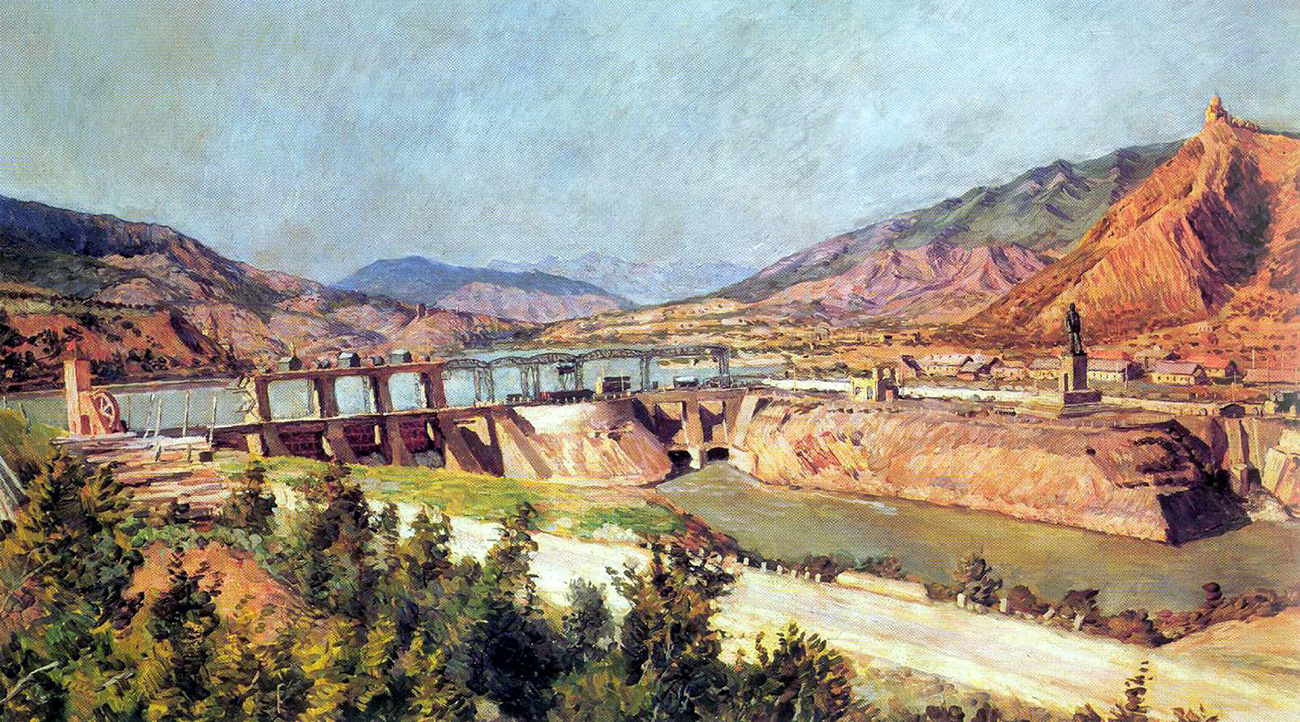
His still lifes with bread turned into a hyperrealistic set of ‘kalachi’ and loaves, which were baked specifically for the work on the painting.
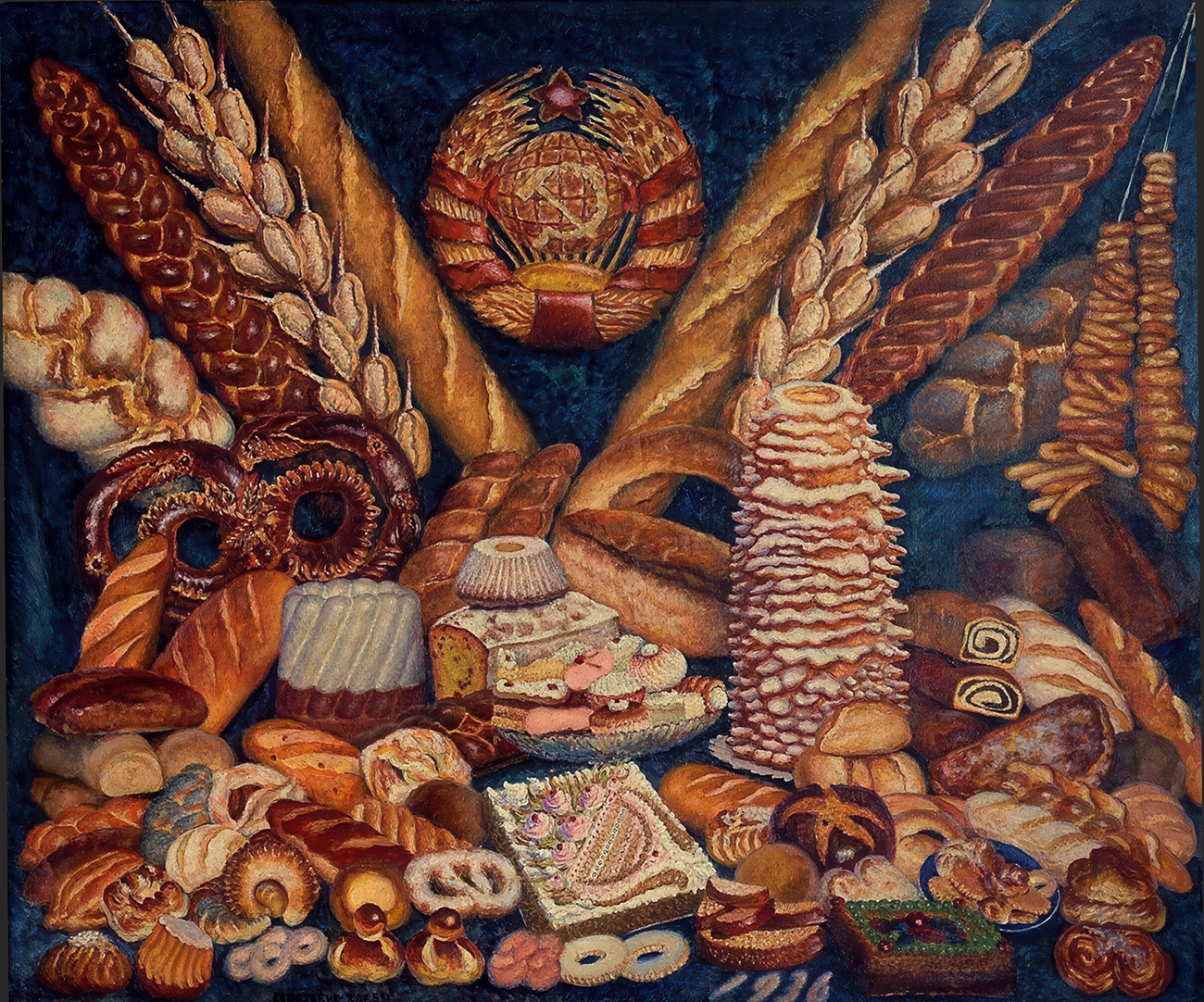
Mashkov was also the first to paint the ‘Artek’ pioneer camp and its everyday life.
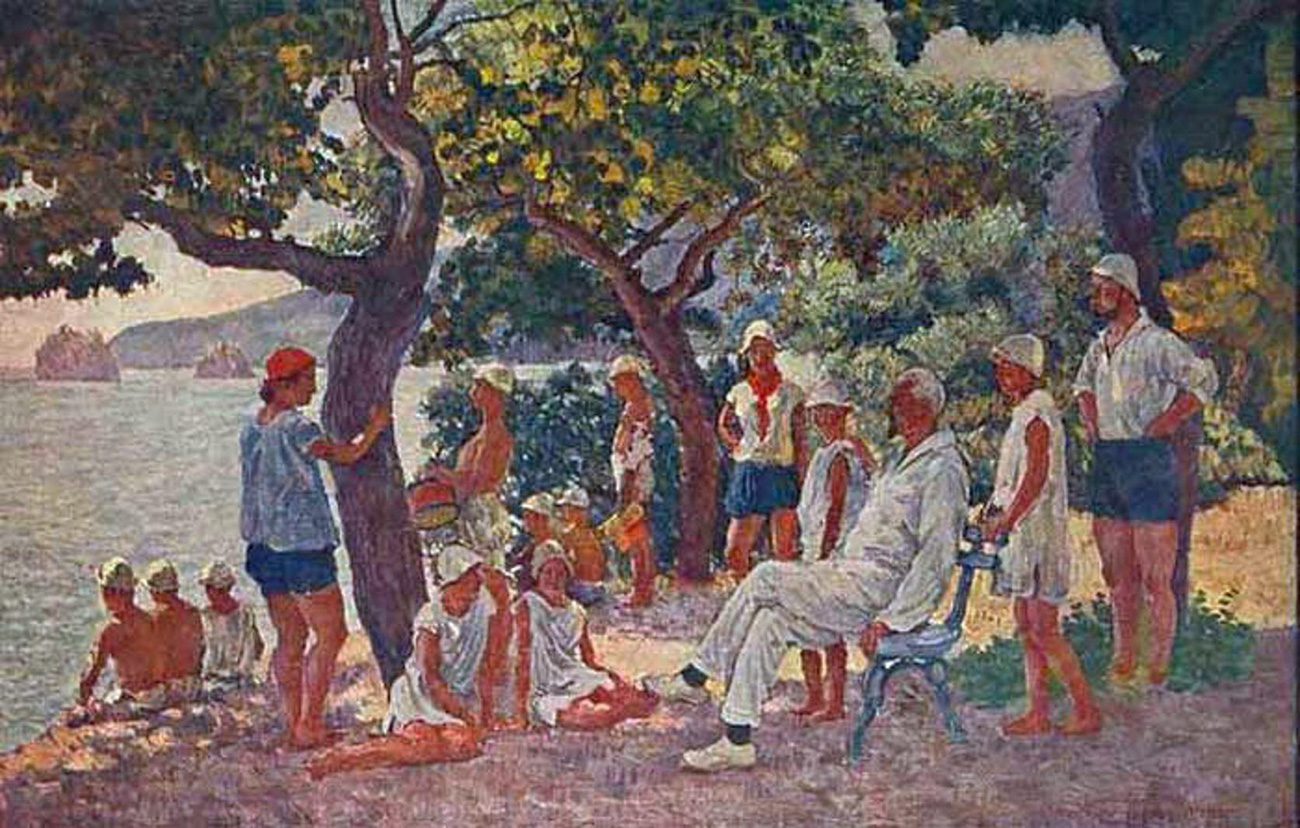
In the 1930s, he went to his homeland, to the village of Mikhailovskaya, deciding to build a socialist paradise there. In the local church, by his order, portraits of Lenin and Stalin were installed instead of the iconostasis and the cross on the dome was replaced with the flag of the USSR.
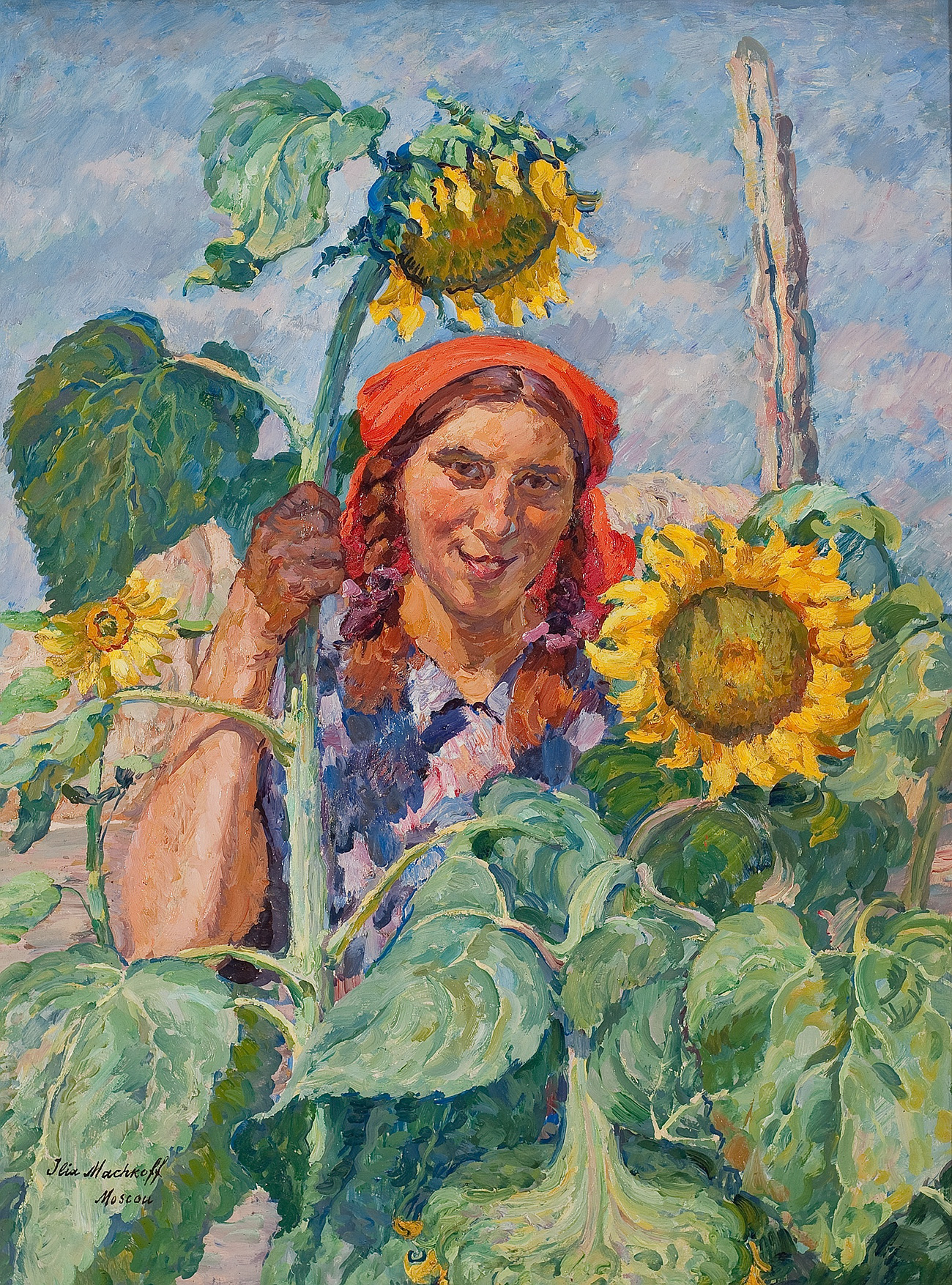
During the war, Ilya Mashkov painted portraits of patients and doctors at the Lefortovo hospital.
But, miraculously, the artist managed to preserve his creative method and transfer it to the new Soviet reality.
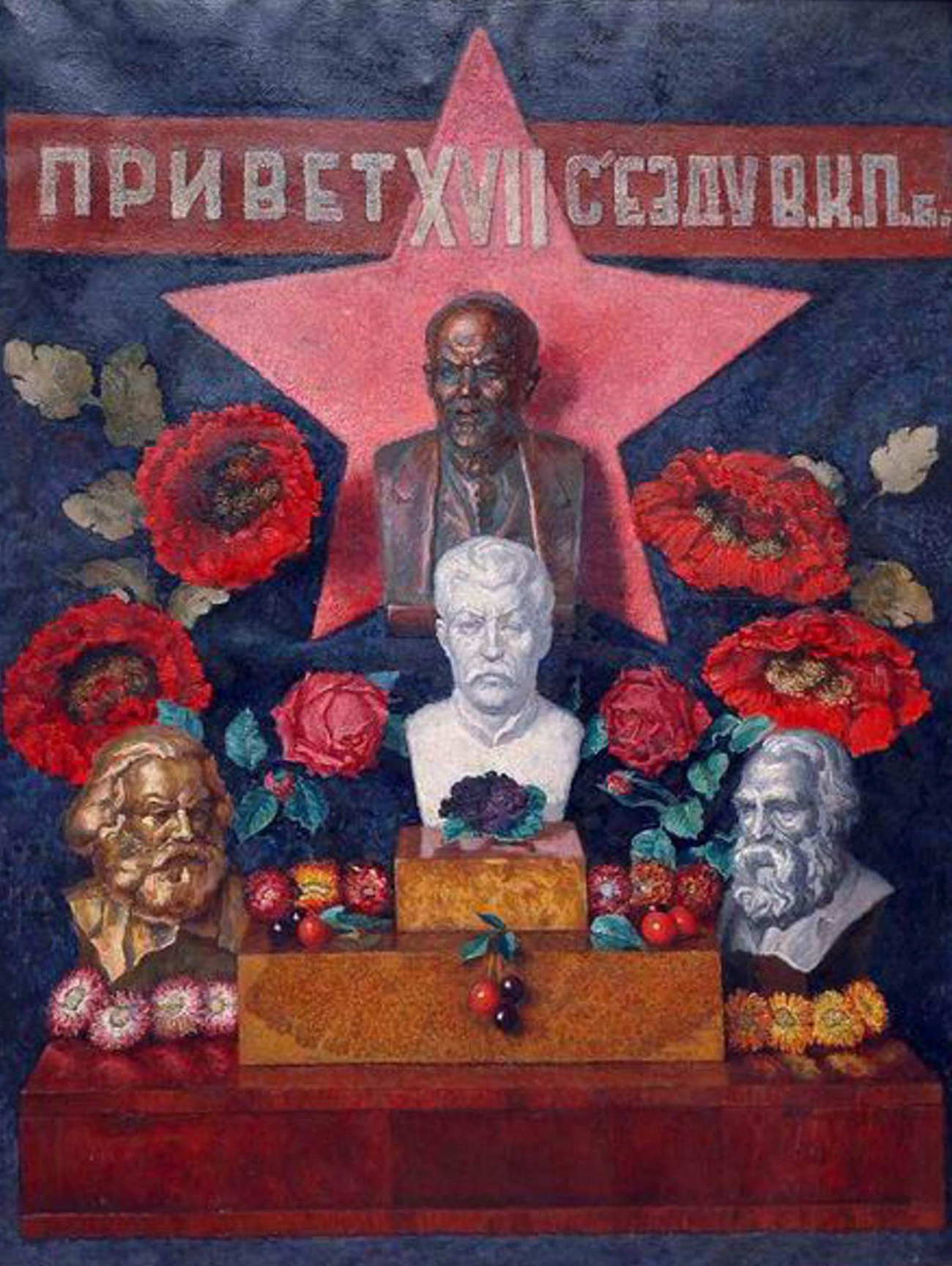
*You can learn more about the artist's works at the ‘Ilya Mashkov. Avant-garde. Kitsch. Classics’ exhibition, which is on display at the Tretyakov Gallery until October 26, 2025.


